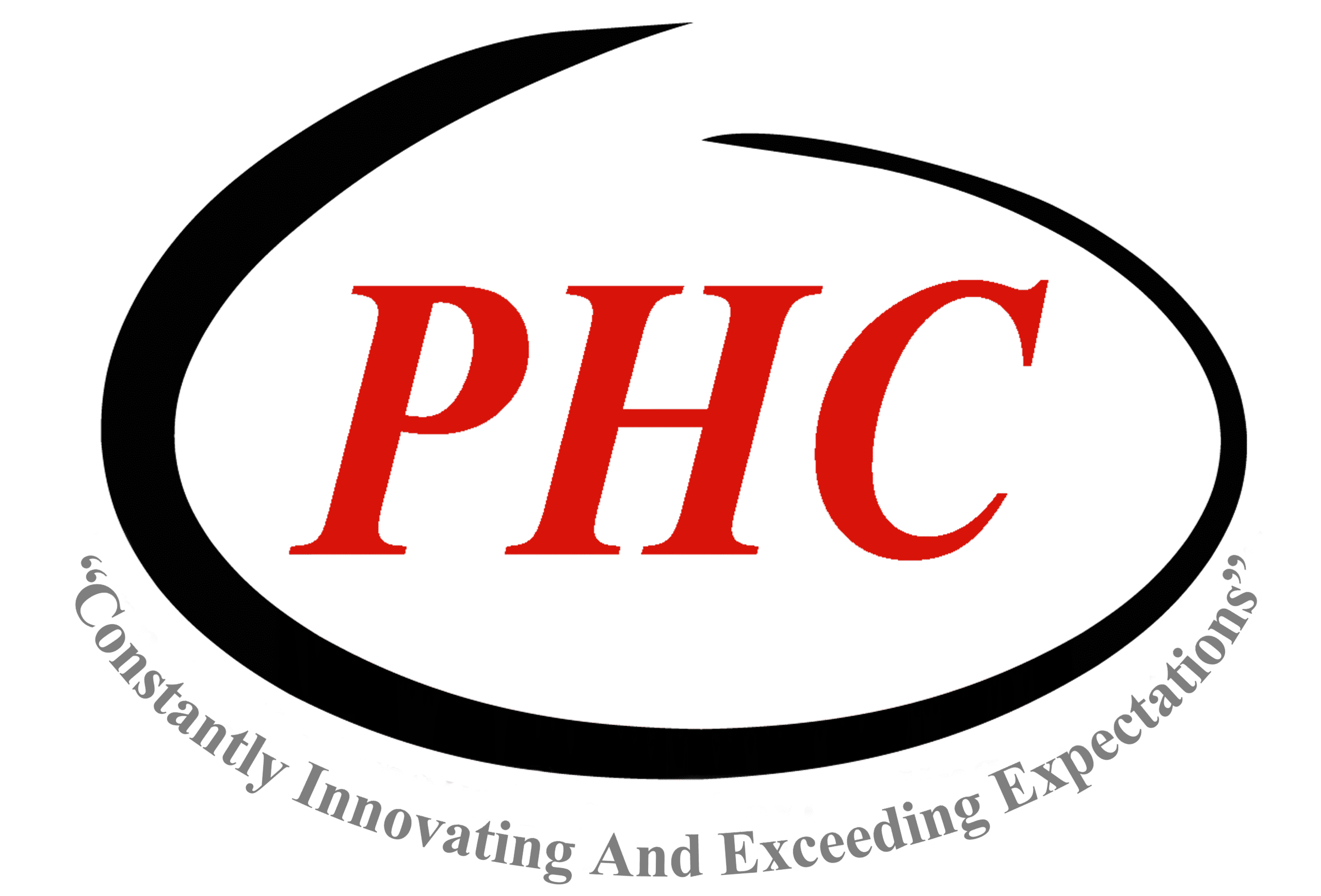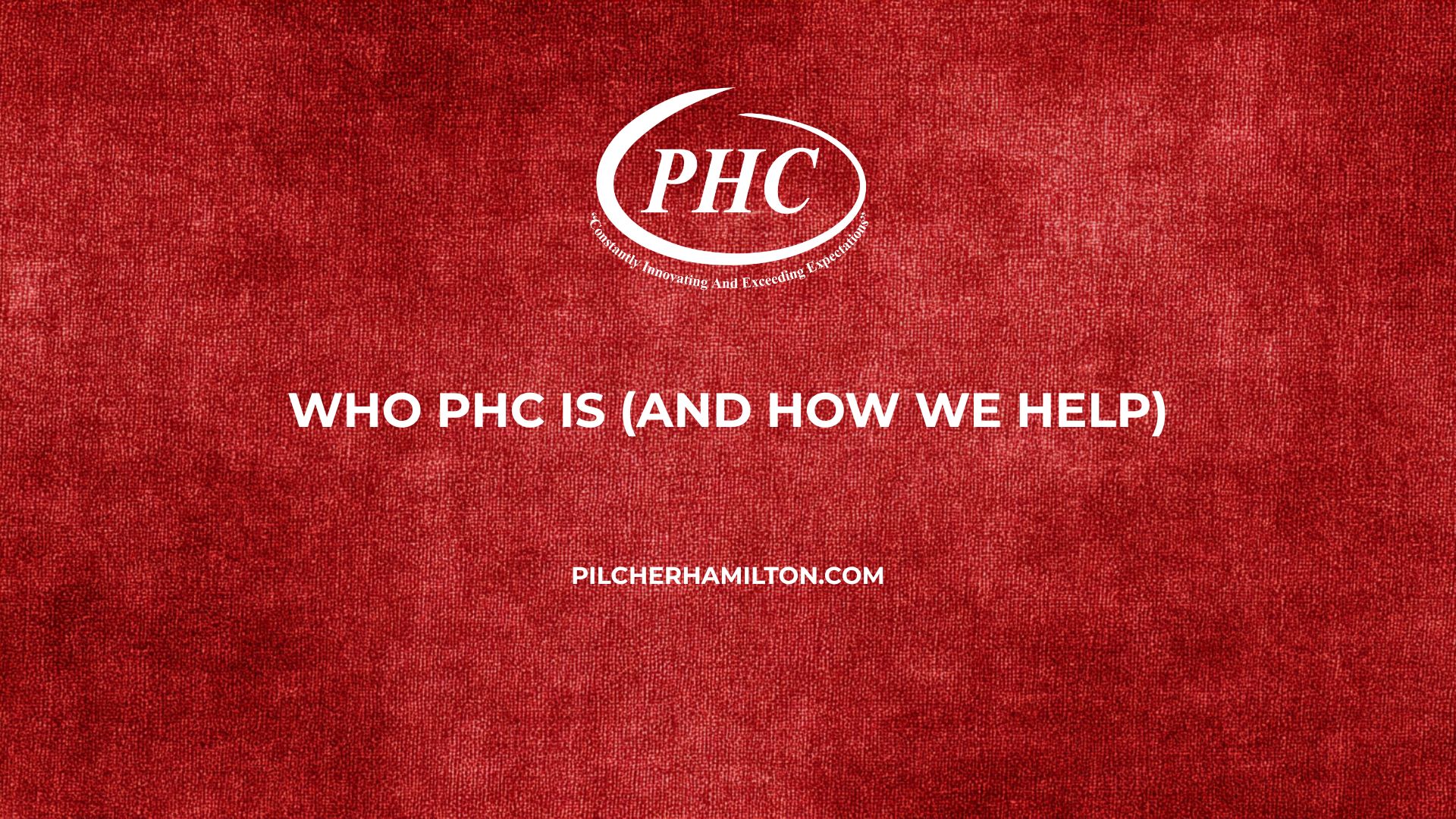One of North America’s largest merchant suppliers and converters of polyester films—stocking >10,000,000 lb of film for 24–48‑hour shipment on most common specs. We slit, coat, treat, sheet, wind, print, and toll convert; we do not produce resin or base PET in‑house.
Our Greer, South Carolina converting and distribution hub sits in the heart of the U.S. polyester ecosystem—adjacent to primary PET/BOPET production in Greer (e.g., Mitsubishi Polyester Film)—for resilient supply and tight spec control through short logistics loops.
Flexible packaging (food, pharma, lidding), electrical insulation, electronics, graphics/print, labels/liners, and industrial laminations.
Learn more: Supplier overview, All products, All services.
Quick specification ranges at a glance (PET/BOPET)
Base gauges (thickness): 8–200 µm (≈ 0.32–7.87 mil). Common stock points: 12, 23, 36, 48, 50, 75, 100, 125, 190 µm.
Surface energy (dyne): 38–52 dyn/cm (corona or chemical treated) for print/lamination (Corona‑treated PET, Chemical‑treated).
COF (film/film): 0.2–0.6 depending on slip system and coatings; 0.2–0.4 typical for silicone‑release faces (Silicone Release).
OTR (23 °C, 0% RH):
- Metallized PET: <1 cc/m²·day; WVTR <1 g/m²·day (Metallized, Barrier PET Films).
- PVDC‑coated PET: 5–10 cc/m²·day OTR, transparent (PVDC‑coated).
Heat‑seal windows (coextruded or coated seal layers): 200–400°F (93–204°C); typical 250–350°F for APET/CPET/PP lidding options (Heat‑Sealable PET).
Dielectric strength: >3 kV/mil depending on gauge/grade; UL‑recognized grades available for motors, coils, and slot liners (Electrical Insulating UL).
PCR content: Up to 90% in select clear printable and metallizable bases (PCR PET).
Clarity: Graphic‑grade ultra‑clear haze <1% available for displays and overlays (High‑Clarity Graphics).
Twist retention (candy wrap): Clear or metallized twistable PET with >120 GU gloss and stable fold memory (Twistable Films).
Opaque/translucent white: 85–95% opacity options for light‑blocking packaging and labels (Opaque White, Translucent White).
BON (nylon) complements: For puncture and flex‑crack resistance in laminates, >100 N puncture typical (BON Standards).
Note: Performance depends on exact structure (primer, slip, barrier coat, surface treatment, and thickness). We’ll confirm final spec off your line conditions (jaw dwell/pressure, adhesive, ink set, lamination method, fill/retort, etc.).
Core product families (what to use and when)
1) Metallized Polyester Films (Al 20–40 nm) — High barrier, high gloss
- Gauges: 8–23 µm; OTR <1 cc/m²·day; WVTR <1 g/m²·day.
- Use: Coffee/tea, snack laminates, dry dairy, pharma overwraps; hot‑fill to 212°F (100°C) with proper laminate design.
- Link: Metallized PET, Barrier PET Films.
2) PVDC‑Coated PET — Transparent barrier
- Gauges: 12–36 µm; OTR 5–10 cc/m²·day; improved WVTR (application dependent).
- Use: Transparent lidding, pharma/medical pouches where see‑through plus oxygen barrier is key.
- Link: PVDC Coated.
3) Heat‑Sealable PET — Seal to PET/PP/APET/CPET, peelable options
- Seal window: typically 250–350°F (layer‑specific); controlled peel force.
- Use: Lidding for trays, flow wrap fin/back seals, pouch inner webs requiring PET stiffness/clarity.
- Link: Heat‑Sealable.
4) Silicone‑Coated Release Films — Controlled easy‑release
- COF: 0.2–0.4; solvent‑borne silicone on 1‑side, differential systems available.
- Use: PSA liners, composite layups, casting/release surfaces.
- Link: Silicone Release, Release Liners for PSAs.
5) Acrylic- and Chemical‑Treated PET — Print and laminate ready
- Dyne: ≥42 dyn/cm; tailored adhesion to solvent, UV, and waterborne inks/adhesives.
- Use: Labels, prime graphics, over‑laminating films, digital/offset receptive stocks.
- Link: Acrylic Coated, Print/Laminate PET.
6) General‑Purpose Industrial / Electrical Insulating PET
- Gauges: 40–200 µm; dielectric >3 kV/mil; UL options.
- Use: Motors, slot liners, phase insulation, electronic spacers, nameplates, appliance labels.
- Link: General‑Purpose Industrial, Electrical PET Converting.
7) PCR PET (Up to 90% recycled content)
- Dyne: 38–44 dyn/cm typical; metallizable and printable grades available.
- Use: Sustainable laminations and label/web structures without sacrificing stiffness or clarity.
- Link: PCR Films, Sustainability Solutions.
Converting services and tolerances (Greer, SC hub)
- Slitting: Razor/score; ±0.005 in width tolerance; 1–60 in finished widths; 3″ or 6″ cores (Slitting).
- Sheeting: Guillotine/cross‑cut; ±0.010 in on sheets up to 60″ × 100″ (Sheeting).
- Roll‑to‑roll coating: 0.5–5 µm add‑on typical; PVDC, silicone, acrylic, anti‑fog, anti‑static (Coating).
- Corona treatment: In‑line dyne targeting 38–52 dyn/cm (Corona Treated).
- Winding/rewind: Tension‑controlled, camber‑managed, defect‑mapped (Winding).
- Printing (flexo): CMYK up to 8 colors where applicable.
- Toll converting: Customer‑supplied webs; minimum runs ≈ 1,000 lb (Toll Converting).
- Rapid prototyping: Small‑lot trials coordinated quickly thanks to Greer proximity to primary PET producers and PHC’s >10M‑lb stock position.
- USA speed: See our footprint overview: USA Footprint & Speed.
Specifying PET/BOPET for your line (what to include in your RFQ)
When you send an RFQ, these details allow us to lock in the right film on the first pass:
- Application & structure
- Use case (e.g., APET tray lidding, 2‑ply snack laminate, PSA liner, motor insulation class).
- Target laminate stack (e.g., mPET12 / PE70, or cPET23 / BON15 / PE60).
- Barrier targets if any (e.g., OTR <1 cc/m²·day, WVTR <1 g/m²·day).
- Mechanical & optical
- Gauge: 8–200 µm (give tolerance and caliper method).
- Stiffness/MD‑TD modulus targets; shrink limits (at 150–190°C, MD/TD).
- Clarity (haze %, gloss GU), or opacity target (if white).
- Surface & slip
- Dyne: target 38–52; treatment type (corona vs chemical); which side(s).
- COF requirements: film/film and film/steel (e.g., 0.2–0.6; specify static/kinetic).
- Release level if silicone (low/medium/high; release force window).
- Sealing & process
- Seal partner (APET, CPET, PP, PE), line jaw temp profile and dwell/pressure.
- Seal initiation target (e.g., 250–300°F), peel vs weld, and peel force (N/15 mm).
- Form‑fill‑seal or lidding cycle speed; sterilization or hot‑fill temps (up to 212°F as applicable).
- Electrical (if relevant)
- Dielectric strength (kV), UL grade requirements, thermal class, CTI/RTI needs.
- Roll and logistics
- Slit width(s) (± tolerance), OD/length limits, core ID (3″/6″), splice/camber rules, defect spec.
Certification, lot traceability, and sustainability claims (PCR %, chain‑of‑custody).
Typical “good/better/best” picks by use case
Snack/coffee laminate needing high oxygen and aroma barrier
- Best: mPET12 (metallized 12 µm, <1 cc/m²·day OTR) + PE sealant.
- Better: PVDC‑PET12 (5–10 cc/m²·day OTR) + PE when transparency is required.
- Add‑ons: Anti‑fog topcoat if chilled chain; dyne ≥42 for tough inks/adhesives.
APET/CPET tray lidding
- Pick: Heat‑sealable PET 12–36 µm, peelable to APET/CPET; seal 250–330°F, COF tuned to 0.3–0.5 for machineability.
PSA label/graphics liner
- Pick: Silicone‑coated PET 23–75 µm, COF 0.2–0.4, controlled release; backside printable acrylic‑treated if needed.
Electrical insulation
- Pick: Industrial/UL PET 50–190 µm, dielectric >3 kV/mil, tight camber; slit widths to ±0.005″.
Sustainable laminations
- Pick: PCR PET (30–90% PCR), treated to 38–44 dyn; metallize if high barrier is needed (+ PE or BOPE for recycle‑ready structures—let’s align on your recycler spec).
For deeper application notes:
Why Greer, South Carolina matters to your supply chain
PHC’s Greer, SC hub is embedded in the largest U.S. polyester cluster. Being down the road from major primary producers (e.g., Mitsubishi Polyester Film in Greer) means:
- Short lead lanes for base web changes and replenishment.
- Rapid A/B trials and spec tweaks during commercialization.
- Fewer handling steps, fewer damages, faster CAPA when you need it.
See our speed‑to‑spec overview: PET Converting Services.
Next steps—send your spec or ask for a first‑lot trial
- If you already know your gauge, dyne, COF, barrier, and seal targets, send the RFQ fields above.
- If not, tell me your line, product, and end‑use, and I’ll propose two or three ready‑to‑run structures with data‑sheet‑level details (OTR/WVTR, COF, seal curves, dyne targets) and available 24–48‑hour stock options.
- You can also browse product families here and reference them by link/name in your RFQ:
Practical conversions (for quick checks)
- 1 mil = 25.4 µm.
- 12 µm ≈ 0.472 mil; 23 µm ≈ 0.905 mil; 50 µm ≈ 1.97 mil; 100 µm ≈ 3.94 mil; 200 µm ≈ 7.87 mil.
Contact & locations
Contact PHC at info@pilcherhamilton.com or visit contact‑us. Serving the USA from: 850 South Buncombe Road, Greer – South Carolina.
Email:info@pilcherhamilton.com • Web: Contact us

